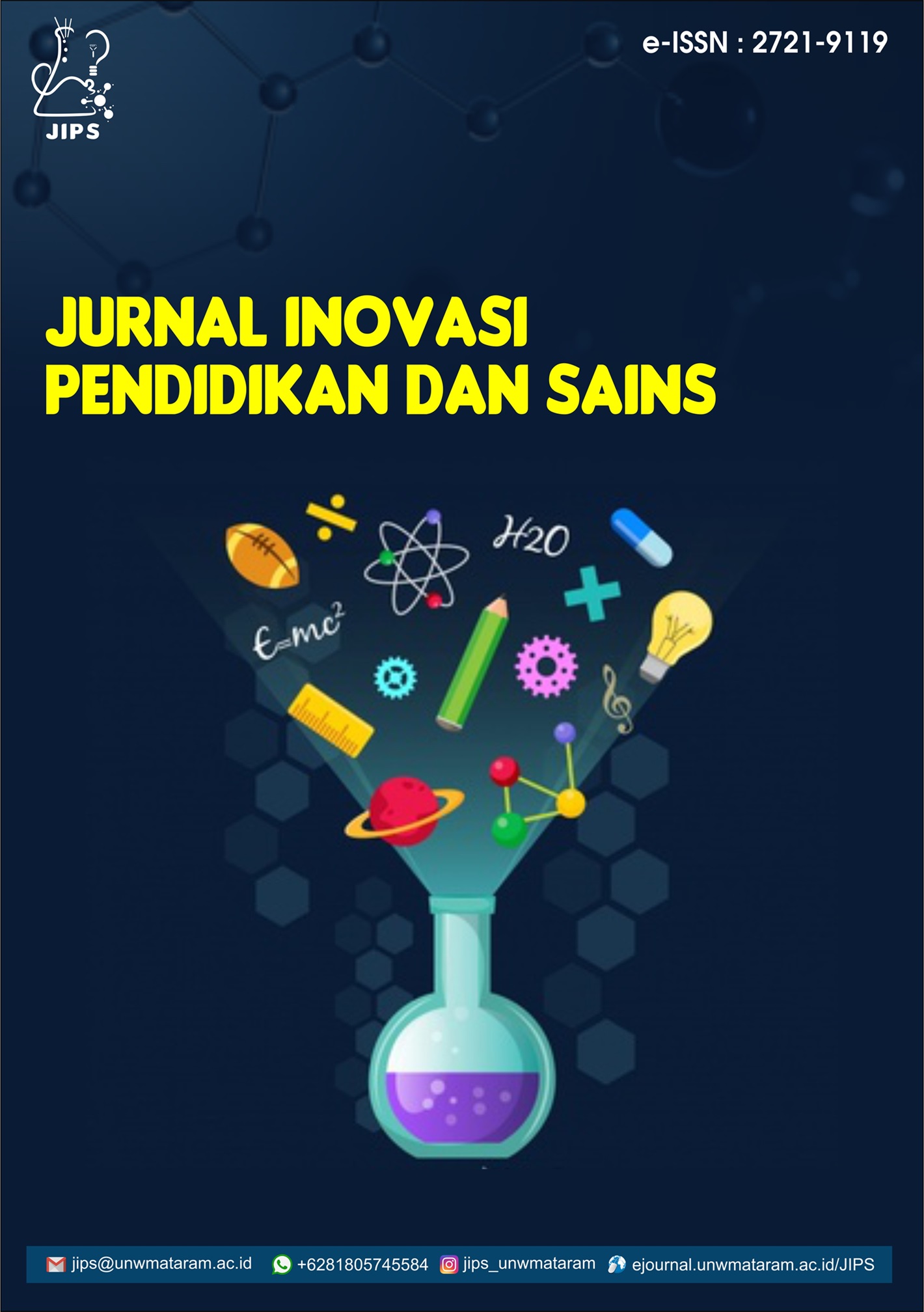ROLE OF NEUROHORMONAL IN NEUROINFLAMMATION ACUTE ISCHEMIC STROKE
Abstract
Stroke is the second most common cause of death and the third most common cause of disability in the world. Globally, 68% suffer from ischemic stroke. Post-ischemic stroke occurs a neuroinflammatory process which is a natural response of the immune system to tissue ischemia. The inflammatory process develops into three phases, namely the acute phase which begins shortly after the ischemic stroke, the subacute phase which begins several days after the ischemic stroke, and the final phase of astrocyte and microglia recovery. Neuroinflammation is a complex process involving inflammatory cells, inflammatory mediators, and hormones. Hormones that play a role in the neuroinflammatory process either increase or decrease the inflammatory response, namely estrogen, progesterone, testosterone, oxytocin, glucocorticoids, and cortisol.
References
[2] Chugh C. Acute Ischemic Stroke: Management Approach. Indian J Crit Care Med 2019;23:S140. https://doi.org/10.5005/JP-JOURNALS-10071-23192.
[3] Kemenkes RI. Stroke Dont Be The One 2018:10.
[4] Gulyaeva N V., Onufriev M V., Moiseeva Y V. Ischemic Stroke, Glucocorticoids, and Remote Hippocampal Damage: A Translational Outlook and Implications for Modeling. Front Neurosci 2021;15. https://doi.org/10.3389/FNINS.2021.781964.
[5] Tang T, Hu L, Liu Y, Fu X, Li J, Yan F, et al. Sex-Associated Differences in Neurovascular Dysfunction During Ischemic Stroke. Front Mol Neurosci 2022;15:1–15. https://doi.org/10.3389/fnmol.2022.860959.
[6] Liu R, Pan M-X, Tang J-C, Zhang Y, Liao H-B, Zhuang Y, et al. Role of neuroinflammation in ischemic stroke. Neuroimmunol Neuroinflammation 2017;4:158–66. https://doi.org/10.20517/2347-8659.2017.09.
[7] Jayaraj RL, Azimullah S, Beiram R, Jalal FY, Rosenberg GA. Neuroinflammation: friend and foe for ischemic stroke. J Neuroinflammation 2019 161 2019;16:1–24. https://doi.org/10.1186/S12974-019-1516-2.
[8] Yang C, Hawkins KE, Doré S, Candelario-Jalil E. Neuroinflammatory mechanisms of blood-brain barrier damage in ischemic stroke. Am J Physiol Physiol 2019;316:C135–53. https://doi.org/10.1152/ajpcell.00136.2018.
[9] Jurcau A, Simion A. Neuroinflammation in Cerebral Ischemia and Ischemia/Reperfusion Injuries: From Pathophysiology to Therapeutic Strategies. Int J Mol Sci 2022, Vol 23, Page 14 2021;23:14. https://doi.org/10.3390/IJMS23010014.
[10] Anne M, Juha K, Makikallio T, Mikko T, Olli V, Kyosti S, et al. Neurohormonal activation in ischemic stroke: effects of acute phase disturbances on long-term mortality. Curr Neurovasc Res 2007;4:170–5. https://doi.org/10.2174/156720207781387169.
[11] Agarwal A, Iqbaal H. SERUM-CORTISOL LEVELS IN SEVERITY OF STROKE. Int J Med Biomed Stud 2020;4:202–5. https://doi.org/10.32553/ijmbs.v4i2.970.



